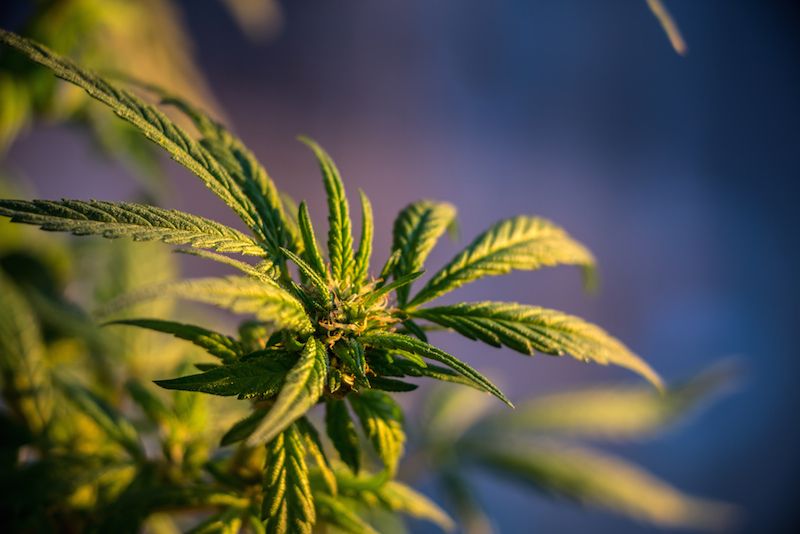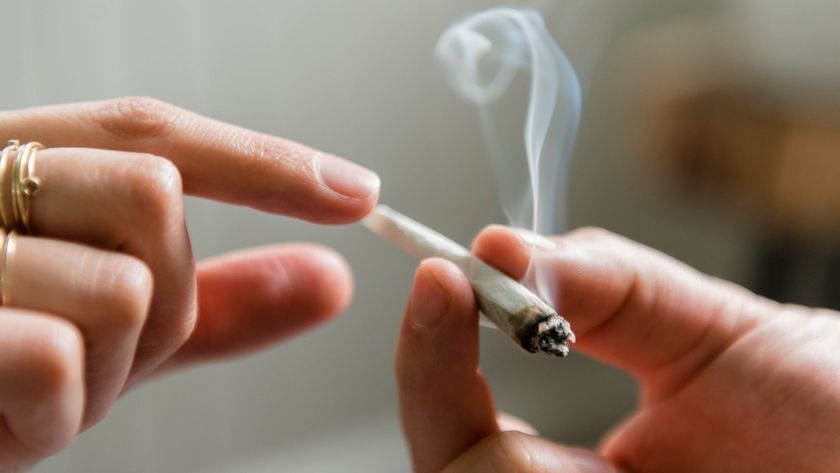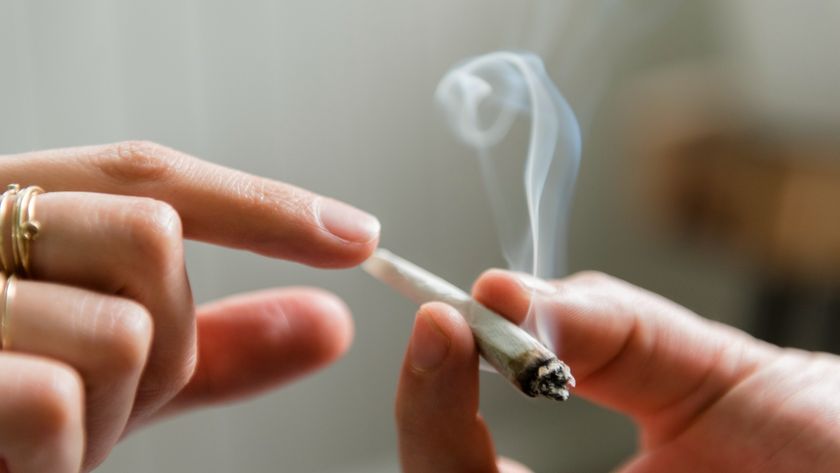Is Marijuana Safe? It's More Complicated Than You Think

There are at least 10 drugs that are more deadly than marijuana, including some that are legal, such as alcohol and nicotine, a new study by researchers in Germany and Canada finds.
In fact, drinking alcohol — the deadliest drug on the list — is about 100 times more dangerous than using marijuana, the scientists concluded in the study, which was based on data from animal studies and published Jan. 30 in the journal Scientific Reports.
Marijuana is labeled as a Schedule I drug in the United States, meaning that under federal law, it is illegal and cannot be used for medical purposes (although some states have legalized its use).
The new findings echo the results of previous studies, and lawmakers should take this research into consideration when drafting new policies, the researchers said. [Marijuana vs. Alcohol: Which Is Really Worse for Your Health?]
The low risk that marijuana poses to people's health suggests that the drug should be strictly regulated but not prohibited, the researchers wrote in the study.
But other experts say more analysis is needed in order to make a conclusion about marijuana's full impact. For instance, studies should consider the effects of the drug on people's behavior, as well as the impact it has on society, some researchers say.
"Lethality is not the only form of dangerousness," said Jonathan Caulkins, a professor of public policy at Carnegie Mellon University in Pittsburgh, who was not involved with the study. "The lethality of a substance is absolutely relevant to the making of public policy, but it is only one part" of the bigger picture, he said.
Sign up for the Live Science daily newsletter now
Get the world’s most fascinating discoveries delivered straight to your inbox.

In the study, the researchers calculated the health risk of each drug by looking at a measure called the "margin of exposure" (MOE), which is a ratio that compares the approximate amount of a drug needed to kill a person to the amount that people usually take. In essence, the MOE rates the likelihood that someone could take a lethal overdose of a drug: When the ratio is low, the drug is deadlier.
But tetrahydrocannabinol (THC), the active ingredient in marijuana, had an MOE higher than 100, meaning the chances of a lethal overdose are slim, the researchers said.Alcohol, heroin, cocaine and nicotine are considered high-risk drugs because their MOEs are less than 10, the researchers found. Other drugs — including MDMA, methamphetamine, methadone (a narcotic often used to treat heroin addition), amphetamine (a stimulant that treats narcolepsy and attention deficit hyperactivity disorder) and diazepam (brand name Valium) — were a little less risky, with MOEs between 10 and 100.
However, there are several caveats to the findings. First, the numbers for the MOE are based on animal data, as it's not ethical or safe to test drug lethality in people. Also, the MOEs are calculated based on the use of each drug individually, whereas in real life, it's common for people to use several drugs at the same time, the researchers said.
Moreover, the MOE doesn't factor in other health risks associated with drugs, such as infections from unclean syringes, the researchers said in the study.
For the most part, the new study supports earlier work on the risk of death from drugs, Caulkins said. It's surprising that heroin is less dangerous than alcohol, but not that marijuana is relatively low-risk, he said.
But policymakers need to factor in dependence and addition, Caulkins said. Drugs can also impair decision making, driving ability and productivity, and children may experience abuse and neglect if their parents are dependent users of legal drugs, he said.
Emerging evidence also suggests that marijuana use may be associated with heart problems. For instance, two young men in Germany died after taking marijuana, according to a 2014 study in the journal Forensic Science International. Other research has found that marijuana use can change brain structure, and it's unknown what effects these changes might have.
Although the MOE values are interesting, more research is needed to determine the full impact of marijuana on health and society, Caulkins said.
A drug's lethality "has to be part of an analysis that considers these other things also," he said.
Follow Laura Geggel on Twitter @LauraGeggel. Follow Live Science @livescience, Facebook & Google+. Original article on Live Science.

Laura is the archaeology and Life's Little Mysteries editor at Live Science. She also reports on general science, including paleontology. Her work has appeared in The New York Times, Scholastic, Popular Science and Spectrum, a site on autism research. She has won multiple awards from the Society of Professional Journalists and the Washington Newspaper Publishers Association for her reporting at a weekly newspaper near Seattle. Laura holds a bachelor's degree in English literature and psychology from Washington University in St. Louis and a master's degree in science writing from NYU.
Most Popular




